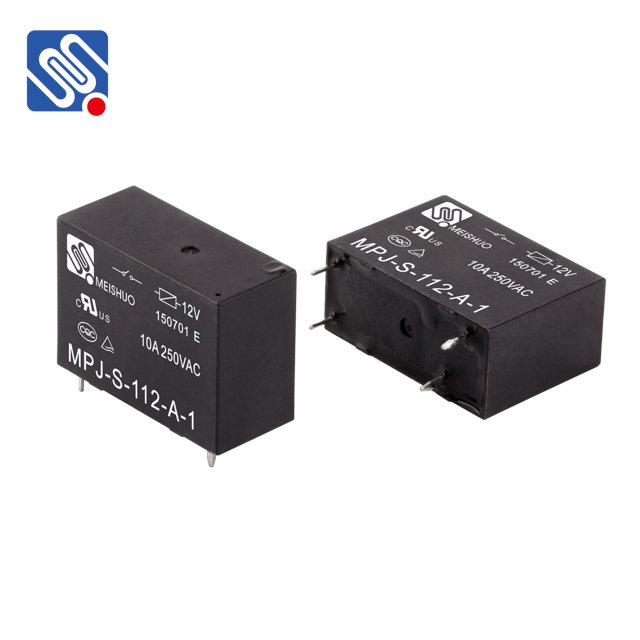Relay power supply systems are integral components in electrical and automation industries, offering essential functions such as load control, circuit protection, and power distribution. These systems utilize relay switches to control the flow of electricity in various applications, and their ability to handle both low and high-voltage circuits has made them indispensable in many modern electrical designs. This article explores the functioning, applications, and advantages of relay power supplies, offering insights into their role in contemporary electrical systems.

What is a Relay Power Supply? A relay power supply consists of a relay, a switch that is activated by an electromagnet, and a power source that provides the necessary voltage. The primary function of a relay is to switch electrical circuits on or off, often used to control high-power devices with a low-power control signal. When a voltage is applied to the relay’s coil, it generates a magnetic field that moves a mechanical switch, allowing current to flow through a connected load. In relay power supply systems, these relays control the power flow between the source and the load. By enabling or disabling the current to different parts of an electrical system, relays provide significant flexibility and safety features. Their versatility allows them to be used in various sectors, from home appliances to industrial automation.